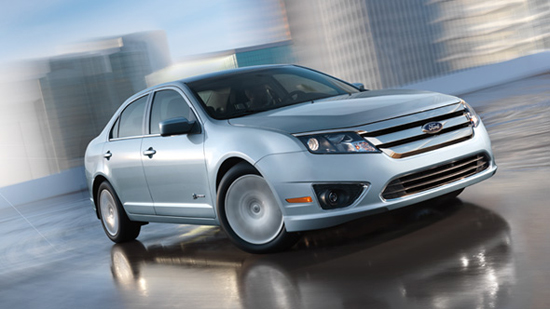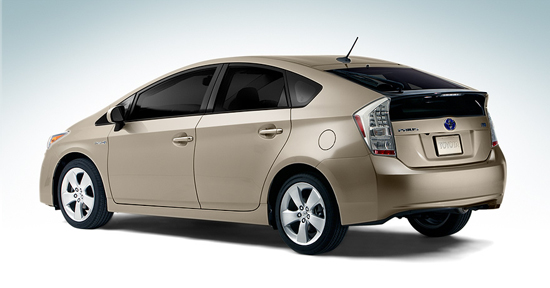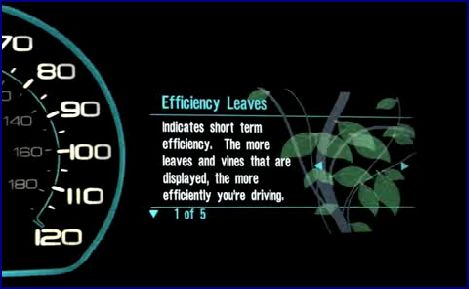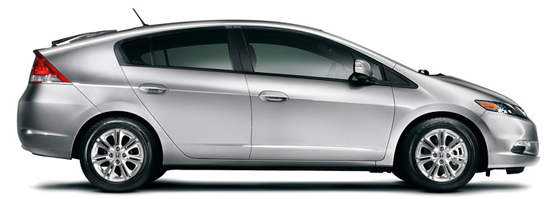Hybrid Car Technology
by Andrew Boyd
Today, we hit the brakes. The University of Houston's College of Engineering presents this series about the machines that make our civilization run, and the people whose ingenuity created them.
No one likes burning gas. It's bad for the environment and bad for the pocketbook. But where would we be without cars?
One of the biggest inefficiencies when driving is stopping and starting. When we press the gas pedal, we convert gas to heat — heat that drives the powertrain and makes our car go. No problem there. It takes some energy to get a car moving. But when we press the brake pedal, we take our forward motion — the kinetic energy we've built up — and convert it via friction back into heat. Lots of it. It's a horrible waste of energy. And a wonderful challenge for engineers.

One ingenious solution is found in hybrid electric vehicles. When the brake's pressed, some of the car's kinetic energy is converted to electric energy and stored in a battery. The next time the accelerator's pressed, the energy stored in the battery is used to help propel the car forward. We get to re-use energy that otherwise would've been lost to braking.

The battery's also used to run the radio or air conditioner when the gas engine is shut off — something hybrid cars do at stop signs and traffic lights. First time drivers find it a bit disconcerting — standing in traffic without hearing or feeling anything from the car's gas engine. Beyond that, a hybrid feels much like any other car. Unless, of course, it has a continuously variable transmission — in which case passengers won't endure periodic lurching from the car changing gears.
But what may be the biggest gas saving device is located on the dashboard — gauges telling the driver how his or her driving is affecting gas consumption. At 65 miles an hour, an average car uses 12 percent less gas than at 75. Using cruise control can save another 7 percent, since it feeds fuel to the engine more consistently.

But the best way to improve gas mileage? Avoid jackrabbit starts and stops. Hard acceleration drops gas mileage to almost nothing, and hard braking means a lot of kinetic energy is being transferred to the brakes. Gas consumption can be reduced by 30 percent with a more easy going approach to driving. And the best part? It's not necessary to drive a hybrid to realize the savings. Hybrid dashboards just do a better job of reminding us.
Cars have gone through incredible changes since the first Model T's rolled off the assembly line. Hybrid technologies are but one step in a long line of improvements. But they're a special step — a step away from burning fossil fuels. And with this step comes new engineering challenges. Who knows exactly what the future holds. But the road we travel promises to be filled with wonderful stops along the way.
I'm Andy Boyd at the University of Houston, where we're interested in the way inventive minds work.
(Theme music)
For related episodes, see, among many others, SAVING GAS, CAR DESIGN, AUTOMOBILE DRAG COEFFICIENTS, and THE AUTOMOBILE IN 1915.
P. Reed and M. Hudson. We Test the Tips. Taken from the Edmunds.com website: http://www.edmunds.com/advice/fueleconomy/articles/106842/article.html. Accessed July 27, 2009.
The picture of the blue Ford Fusion is taken from the Ford web site, the picture of the beige Toyota Prius is taken from the Toyota web site. The picture of the Ford Fusion dashboard is taken from the Jalopnik web site. and the picture of the silver Honda Insight is taken from the Honda web site.
